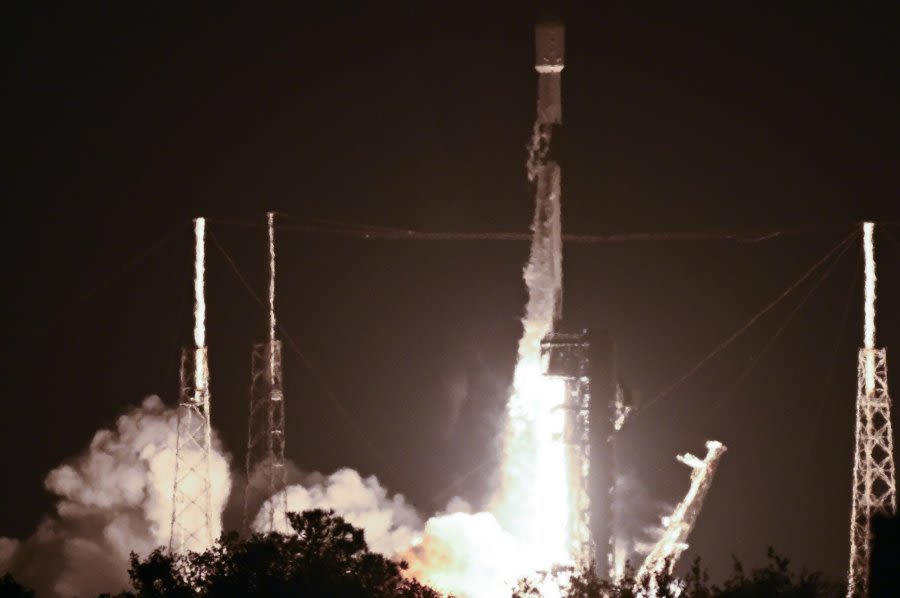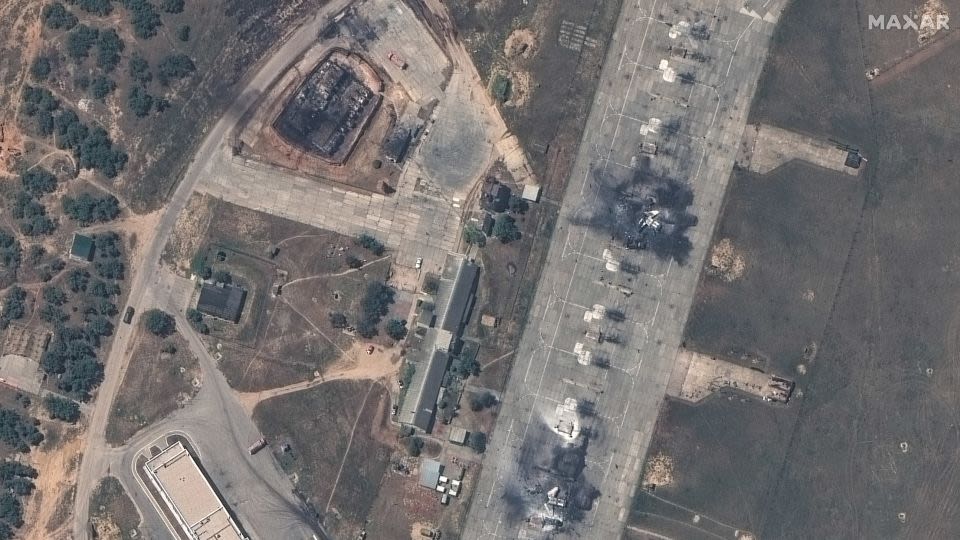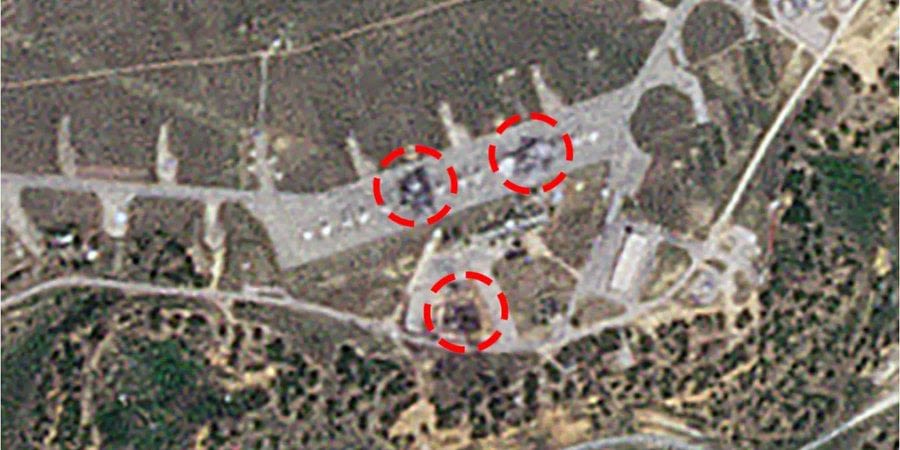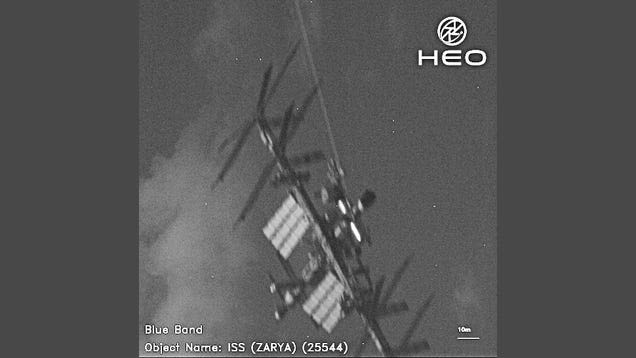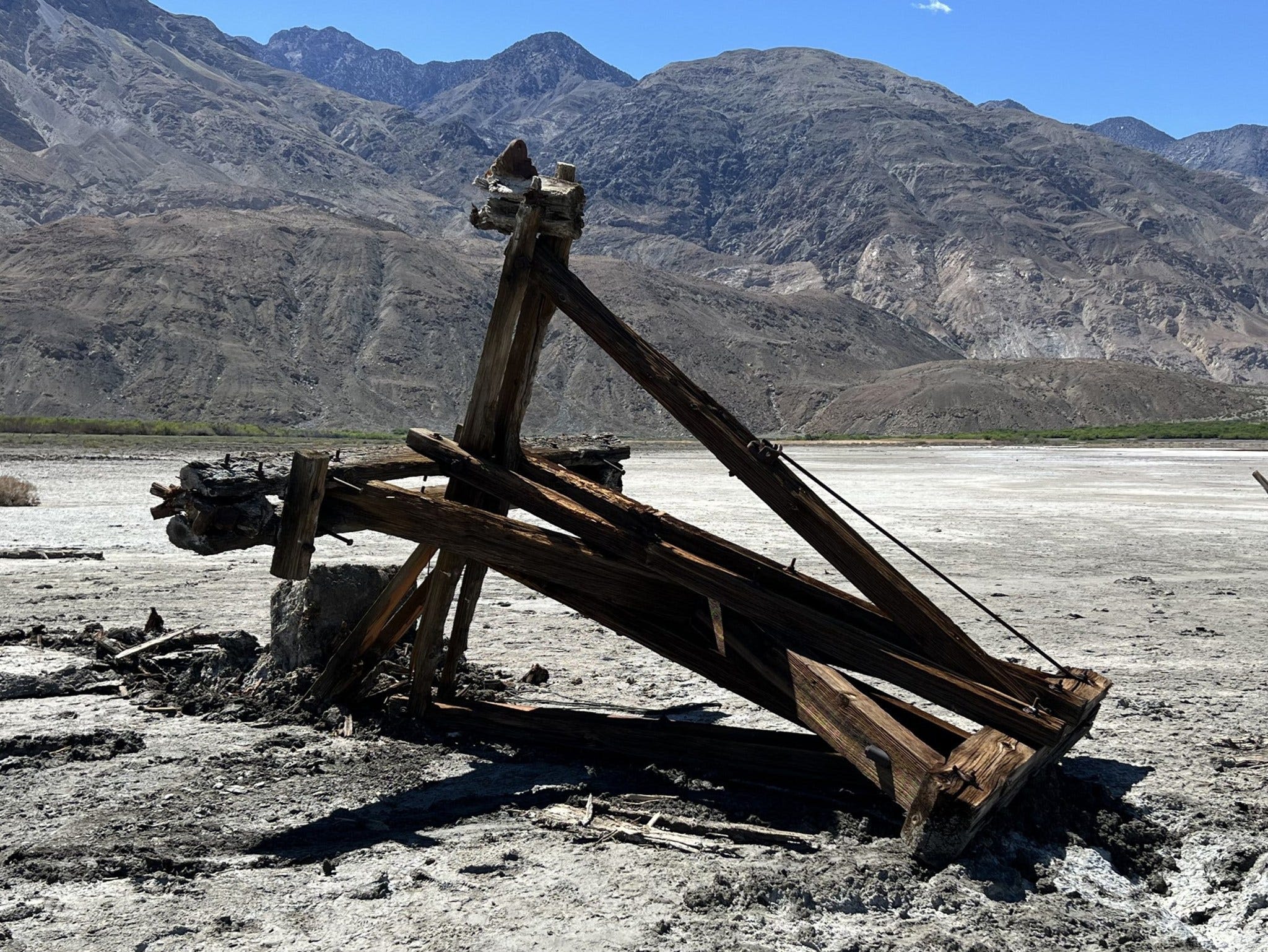Search results
News about SpaceX, Starlink satellites, Falcon 9
News about satellite images, Ukraine, Crimea
News about UK Space Agency, Dish Network, satellite instruments
Also in the news
Sep 5, 2018 · Learn the definition and types of satellites, natural and man-made, and how they orbit and communicate in space. Find out about NASA's missions and satellites that observe Earth, Sun, Moon, planets and universe.
A satellite navigation or satnav system is a system that uses satellites to provide autonomous geopositioning. A satellite navigation system with global coverage is termed global navigation satellite system ( GNSS ).
- 21,150 km (13,140 mi)
- Global
- CDMA
- China
Mar 22, 2023 · Learn about the different types of satellites based on their orbits, such as LEO, MEO, GEO, SSO, and GTO, and how they serve various purposes, such as communication, navigation, and remote sensing. Find out how EOS SAT, a low Earth orbit constellation, can provide data for sustainable agriculture and precision farming.
- Female
- EOS Data Analytics
- Senior Scientist
Oct 19, 2021 · Learn about the different GNSS systems around the world, including BeiDou, Galileo, GLONASS, IRNSS, QZSS, and their cooperation with GPS. Find links to external websites for more information and updates on each system.
Learn about the faculty and research groups in the satellite systems area at Cornell Engineering. Explore the applications, design, and challenges of human-made satellite systems in orbit around Earth and other planets.
Dec 8, 2021 · Posted: December 8, 2021. The Ohio State University is the lead university partner of a multimillion dollar NASA-funded effort to develop a new generation of commercially based, human-occupied space stations. Ohio State research and innovation will support the Starlab commercial space station.
May 20, 2016 · The seven largest natural satellites in the Solar System (those bigger than 2,500 km across) are Jupiter's Galilean moons (Ganymede, Callisto, Io, and Europa), Saturn's moon Titan, Earth's moon, and Neptune's captured natural satellite Triton.
